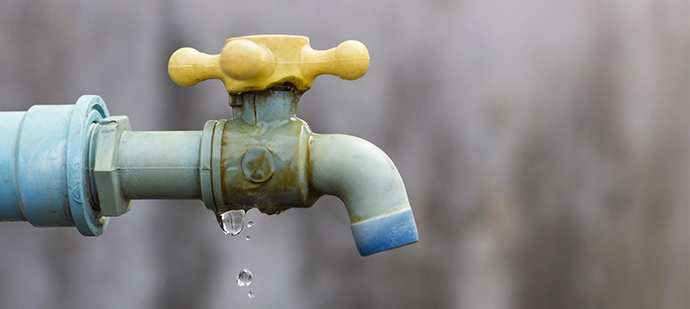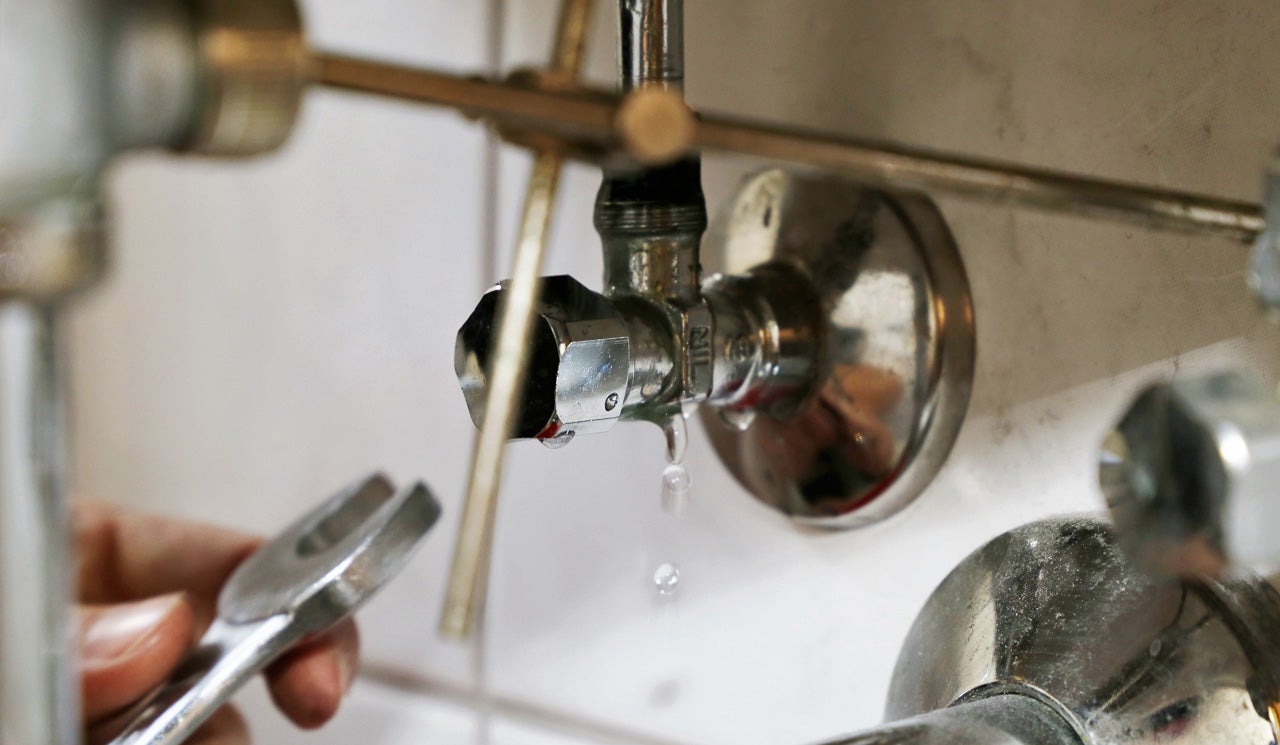They are making a number of great points on Leaking water lines in general in this content underneath.

Early detection of dripping water lines can mitigate a prospective calamity. Aside from conserving you money, it will decrease the aggravation as well as frustration. The moment you discover a leakage, calling your plumber for repair services is the best service. Nonetheless, some tiny water leakages might not be visible. If you can not spot it with your naked eyes, here are some hacks that help.
1. Take A Look At the Water Meter
Examining it is a surefire method that aids you discover leakages. If it relocates, that suggests a fast-moving leak. This means you might have a slow leakage that could even be underground.
2. Inspect Water Usage
Assess your water expenses and also track your water consumption. As the one paying it, you need to discover if there are any inconsistencies. If you identify sudden changes, in spite of your usage being the same, it implies that you have leaks in your plumbing system. Remember, your water bill need to drop under the exact same range monthly. A sudden spike in your costs suggests a fast-moving leak.
A constant boost every month, also with the same behaviors, shows you have a sluggish leakage that's also slowly rising. Call a plumber to completely inspect your property, especially if you feel a cozy area on your floor with piping beneath.
3. Do a Food Coloring Test
When it comes to water consumption, 30% comes from bathrooms. If the shade in some way infiltrates your dish during that time without flushing, there's a leak in between the container and bowl.
4. Asses Exterior Lines
Don't fail to remember to examine your outdoor water lines also. Should water leak out of the link, you have a loose rubber gasket. One little leak can lose lots of water and also increase your water bill.
5. Examine and also Evaluate the Scenario
Home owners must make it a habit to check under the sink counters and even inside cupboards for any type of bad odor or mold and mildew development. These two red flags indicate a leak so punctual focus is required. Doing regular examinations, even bi-annually, can conserve you from a significant issue.
More importantly, if you understand your residence is currently old, maintain a watchful eye on your heating systems, hoses, pipelines and so on. Look for stainings as well as damaging as many appliances and pipes have a life span. They will likewise normally wear away due to deterioration. If you presume dripping water lines in your plumbing system, do not wait for it to escalate. Call a specialist plumber as soon as possible so you do not wind up with a dreadful mess in your house.
Early detection of dripping water lines can minimize a prospective calamity. Some small water leakages might not be visible. Inspecting it is a surefire means that helps you find leaks. One tiny leakage can throw away tons of water and increase your water expense.
If you think leaking water lines in your plumbing system, do not wait for it to intensify.
WARNING SIGNS OF WATER LEAKAGE BEHIND THE WALL
PERSISTENT MUSTY ODORS
As water slowly drips from a leaky pipe inside the wall, flooring and sheetrock stay damp and develop an odor similar to wet cardboard. It generates a musty smell that can help you find hidden leaks.
MOLD IN UNUSUAL AREAS
Mold usually grows in wet areas like kitchens, baths and laundry rooms. If you spot the stuff on walls or baseboards in other rooms of the house, it’s a good indicator of undetected water leaks.
STAINS THAT GROW
When mold thrives around a leaky pipe, it sometimes takes hold on the inside surface of the affected wall. A growing stain on otherwise clean sheetrock is often your sign of a hidden plumbing problem.
PEELING OR BUBBLING WALLPAPER / PAINT
This clue is easy to miss in rooms that don’t get much use. When you see wallpaper separating along seams or paint bubbling or flaking off the wall, blame sheetrock that stays wet because of an undetected leak.
BUCKLED CEILINGS AND STAINED FLOORS
If ceilings or floors in bathrooms, kitchens or laundry areas develop structural problems, don’t rule out constant damp inside the walls. Wet sheetrock can affect adjacent framing, flooring and ceilings.
https://www.servicemasterbyzaba.com/blog/how-to-detect-water-leakage-in-walls/

I have been very taken with Top leak detection hacks and I'm hoping you liked my article. Are you aware of somebody else who is involved in Top leak detection hacks? Do not hesitate to share it. Thank you so much for going through it.
Visit Our Site